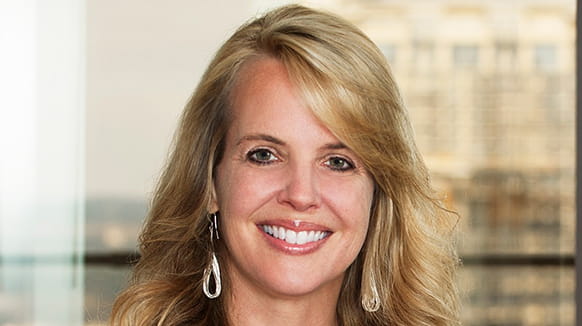New Overtime Rule: What It Means for the Media Industry and the Industry's Response
By Cassidy Daniels
The Department of Labor's Final Rule on overtime is set to take effect December 1, 2016, and could qualify many more journalists, photographers, and other creative professionals for overtime pay under the Fair Labor Standards Act (FLSA). The FLSA requires employers to pay employees at least the minimum wage plus overtime pay (time-and-a-half) for every hour worked over 40 hours in a given week.
However, there are many exemptions to these requirements, including one for an individual employed in a "creative professional" capacity. A creative professional is exempt from the FLSA's minimum wage and overtime requirements so long as he or she (1) earns at least $455 per week; and (2) has a primary duty of performing work that requires "invention, imagination, originality, or talent in a recognized field of artistic or creative endeavor."
Read more.
Drone Journalism: Cleared for Take-off
By Alicia Calzada
Now that the FAA has cleared drone journalism for take-off, reporters and photographers throughout the country are positioning themselves to take advantage of an entirely new storytelling tool, using unmanned aerial systems (UAS or drones) for newsgathering. Prior to the FAA's enactment of rules for commercial drone use this summer, the agency had taken the position that all commercial use of drones was banned—and it considered journalism a commercial use. But while technology brings progress, it always brings questions and concerns, and drones are no exception.
There are three main considerations when engaged in drone journalism: FAA rules, state and local rules that target drone use, and other laws that may impact drone use.
Read more.
For more information, contact one of the lawyers listed below.

